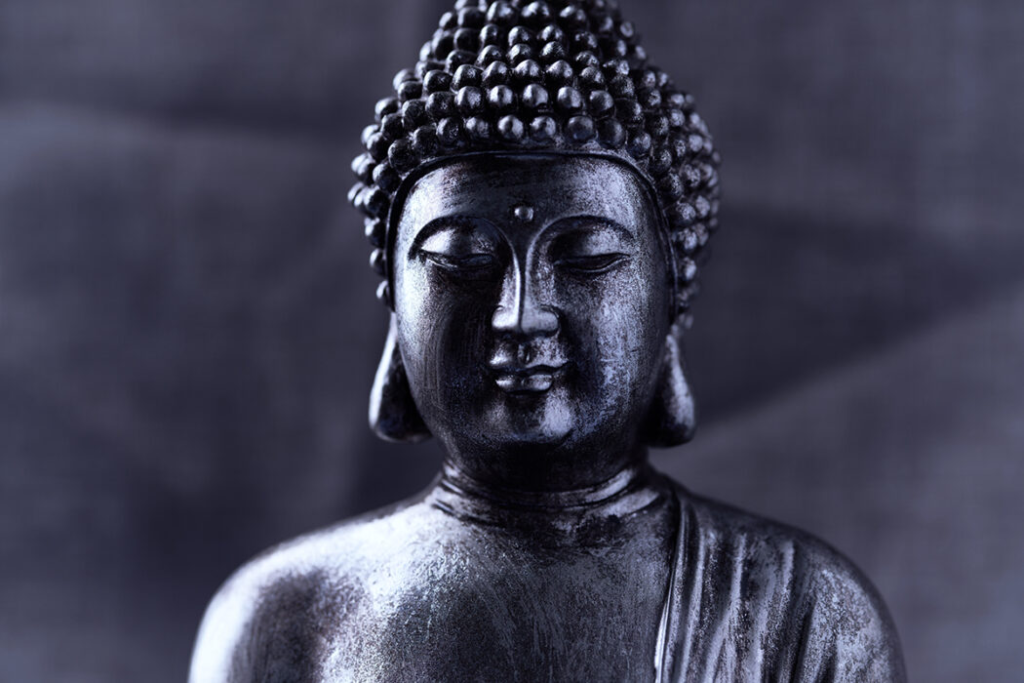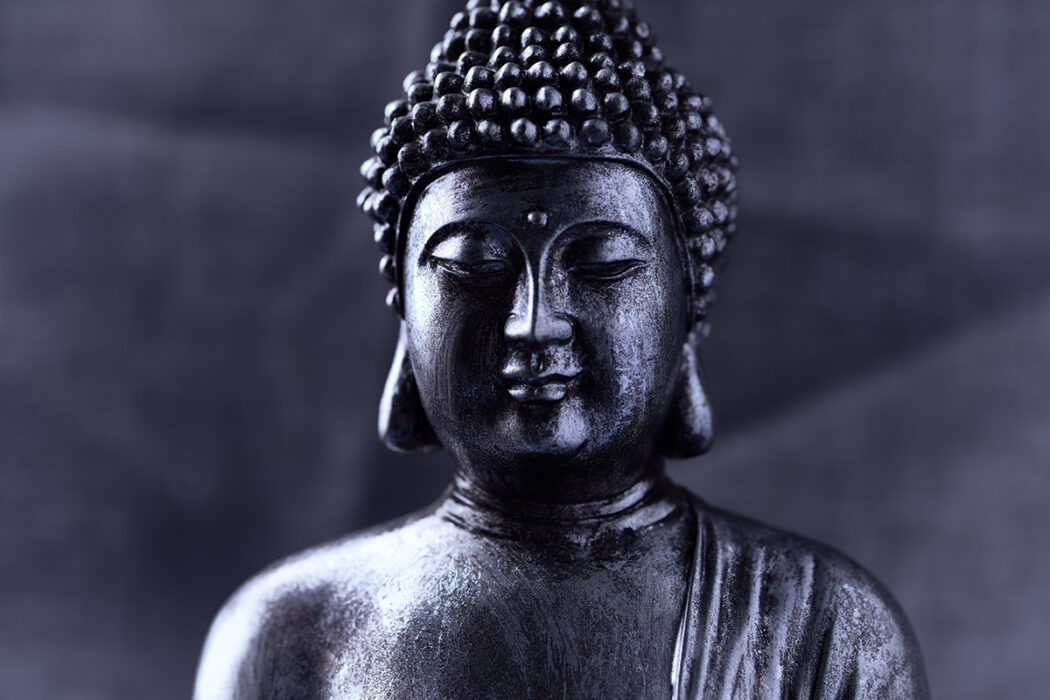
Table of Contents
- Introduction: Ancient Wisdom, Modern Struggles
- Who Was the Buddha? A Brief Glimpse
- The Core of Buddha’s Teachings
- The Four Noble Truths
- The Noble Eightfold Path
- The Four Noble Truths
- Relevance of Buddha’s Teachings in Modern Life
- Mindfulness in a Distracted World
- Detachment Without Indifference
- Compassion in the Age of Competition
- Right Speech in a Digital Era
- Simplicity: The Lost Art of Living
- Practical Tips to Apply Buddhist Wisdom Daily
- Final Reflections: Walking the Middle Path
1. Introduction: Ancient Wisdom, Modern Struggles
In an age where technology connects billions, but loneliness still thrives, and material abundance fails to silence inner turmoil, many seek solace not in innovation, but in introspection. The teachings of Siddhartha Gautama—known to the world as the Buddha—are over 2,500 years old, yet they resonate with an almost uncanny relevance in the 21st century.
Buddha did not teach religion in the conventional sense. He offered a philosophy, a way of being, a practical manual for human suffering, and more importantly, the path to transcend it. This blog delves into how this timeless wisdom can illuminate your life today—with clarity, calm, and purpose.
2. Who Was the Buddha? A Brief Glimpse
Before he became the Enlightened One, Siddhartha was a prince sheltered from the suffering of the world. It was only when he stepped beyond palace walls and witnessed sickness, old age, and death that he renounced his royal life in search of a deeper truth. After years of ascetic practice and meditation, under the Bodhi tree, he found the answer—not in extremes, but in balance.
He became “Buddha”—The Awakened One—and spent his life teaching others how to awaken from the illusions that bind us.
3. The Core of Buddha’s Teachings
The Four Noble Truths
- Life contains suffering (dukkha)
- The origin of suffering is attachment (tanha)
- The cessation of suffering is possible (nirodha)
- There is a path to end suffering (magga)
The Noble Eightfold Path
A guide to ethical and mental development:
- Right View
- Right Intention
- Right Speech
- Right Action
- Right Livelihood
- Right Effort
- Right Mindfulness
- Right Concentration
These aren’t commandments—they’re invitations to examine our lives and habits, and to realign them toward peace and purpose.
4. Relevance of Buddha’s Teachings in Modern Life
Buddha’s wisdom feels designed for a chaotic world. The suffering he spoke of isn’t limited to hunger or war—it includes anxiety, insecurity, burnout, comparison, and craving. Our suffering today often wears the mask of success. The Buddha’s clarity cuts through the noise.
His teachings are not escapist—they are tools for engagement, for being fully alive while rooted in inner calm.
5. Mindfulness in a Distracted World
With every ping of a notification, our attention fractures. We scroll, swipe, and refresh—searching, often unconsciously, for something lasting in a sea of impermanence.
Buddha’s teaching of sati (mindfulness) is the antidote. It teaches us to be present in the present, to watch our thoughts instead of being ruled by them. Even five minutes of mindfulness a day can recalibrate our entire mental landscape.
6. Detachment Without Indifference
Buddha never preached that we should stop loving or caring. Instead, he spoke of non-attachment—loving without clinging, helping without controlling, living without fearing change.
In modern terms, it’s emotional intelligence. It’s being centered in chaos, offering love without condition, and understanding that impermanence is not a threat, but the rhythm of life.
7. Compassion in the Age of Competition
Our world rewards speed, productivity, and comparison. Buddha reminds us that karuna (compassion) is not weakness but strength. Real success is measured not just by what we achieve, but by how much kindness we cultivate along the way.
Start simple: a kind word, a patient ear, a moment of forgiveness. Compassion transforms not only relationships, but also our sense of self-worth.
8. Right Speech in a Digital Era
Buddha placed immense value on Right Speech—words that are true, helpful, kind, and timely. In today’s age of tweets, trolls, and instant opinions, this principle could save relationships, reputations, and peace of mind.
Before you speak (or post), ask:
Is it true?
Is it necessary?
Is it kind?
9. Simplicity: The Lost Art of Living
We’ve complicated our lives with too much—too many possessions, opinions, obligations. The Buddha’s path celebrates simplicity not as deprivation, but as freedom.
Living simply means choosing depth over distraction, presence over performance. It’s about creating space for what truly matters.
10. Practical Tips to Apply Buddhist Wisdom Daily
- Start your morning with a 5-minute mindful breath.
- Replace judgment with curiosity—about yourself and others.
- Declutter a space or habit that feels burdensome.
- Practice non-reactivity: pause before responding.
- Reflect nightly: Did my words and actions come from love or fear?
- Read a short Dhammapada verse daily and sit with it.
11. Final Reflections: Walking the Middle Path
Buddha’s path isn’t about escaping the world—it’s about engaging with it from a place of peace. It’s about walking the middle way between indulgence and denial, between ambition and surrender.In a world that often rushes us to the next milestone, may we have the courage to slow down, breathe deeply, and listen to the ancient voice that whispers:
“Peace is not found outside you—it is cultivated within.”

